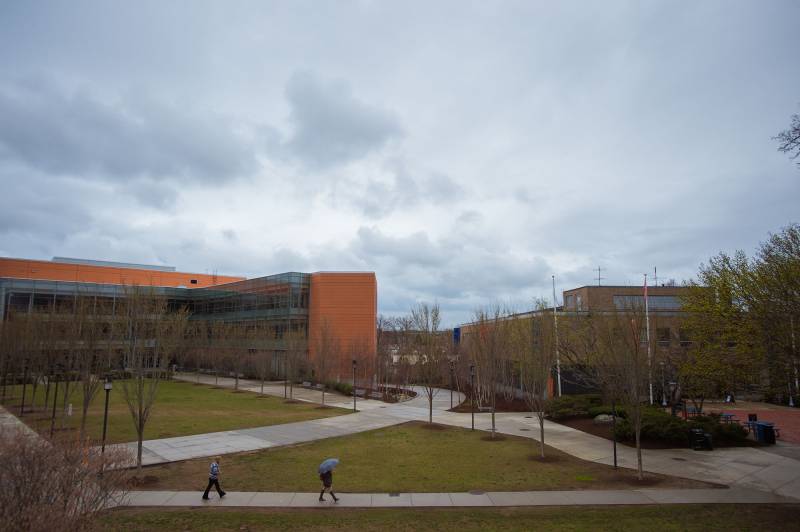Universities around the country will be watching carefully as the U.S. Supreme Court hears arguments in two college admissions cases on Oct. 31, 2022. Many legal pundits predict that affirmative action, a practice that gives preferences to groups that have been discriminated against, will be abolished when the court issues its decision next spring. That could prevent both private and public universities from considering a student’s race or ethnicity as one of many factors in admissions, along with grades, test scores and extracurricular activities.
Colleges that still want to build a diverse student body that reflects the country’s demographics are looking for alternatives. Two states could provide valuable information. Researchers have studied what has happened at public universities in Texas and California, which have banned the use of affirmative action since 1996.
Texas moved to a Top Ten Percent policy in 1998 under which public universities accept the cream of the crop at every high school in both wealthy and poor neighborhoods. (In practice, students now need to be in the top 6 percent of their high school class for admission to the University of Texas at Austin.) But that didn’t help increase the percentage of Black and Hispanic students all that much. Immediately after the affirmative action ban, the percentage of Black and Hispanic students at the state’s two flagship campuses, UT-Austin and Texas A&M, fell from 18 percent to 13 percent. Four years after the Top Ten Percent policy started, the percentage of Black and Hispanic students increased by only 1.6 percentage points at the flagship campuses. Researchers say that tiny increase was probably due to demographic changes in the state and not because the plan was working well.
Thousands of high-achieving students at low-income high schools weren’t taking advantage of the Top Ten Percent policy. Even though they would have been automatically admitted to UT-Austin and Texas A&M, they didn’t bother to apply. Nearly half of the state’s high schools never or rarely sent students to the flagships for 18 years after the Top Ten Percent policy went into effect. Higher income high schools that originally funneled kids to Texas’s flagships continued to be the main suppliers of students.
California had a similar experience. After voters eliminated affirmative action in a 1996 referendum, the University of California system tried outreach programs and an automatic acceptance policy for students in the top 9 percent of their high school classes. In 2001, the UC system moved to “holistic” admissions, looking at many factors beyond test scores and grades. Beginning in 2020, the system eliminated SAT and ACT tests altogether. But UC says its efforts haven’t been enough to keep up with changing demographics in the state. The state’s high school seniors in 2021 were 54 percent Latino and 5.4 percent Black. But that fall, University of California’s incoming freshmen were 26 percent Latino, and 4.4 percent Black. It was worse at the most selective campuses. (Enrollment data for 2022 isn’t yet available.)


